A well-structured sales strategy is paramount in business-to-business (B2B) commerce. A vital component of this strategy is identifying and utilizing effective sales channels to help your B2B business reach its target audience and maximize revenue. From traditional methods to digital platforms, this article delves into the top 10 sales channels that can drive your B2B business forward, along with insights on integrating them seamlessly.
What is a Sales Channel?
A sales channel is the medium or path through which a company’s products or services are made available to customers. These channels serve as critical touchpoints between businesses and their customers, allowing for the efficient distribution and promotion of offerings. Sales channels can take various forms, including direct in-person sales, e-commerce, retail partners, social media, online marketplaces, and more.
Sales Channel vs. Distribution Channel: What is the difference?
While sales and distribution channels are closely related, they have distinct roles within a business strategy. Sales channels focus on the interaction between businesses and their customers, encompassing activities such as prospecting, lead nurturing, and closing deals. On the other hand, distribution channels are concerned with getting products or services from the manufacturer to the end consumer, encompassing warehousing, transportation, and order fulfillment.
Example: An industrial machinery manufacturer may have a direct sales team that engages with potential clients to pitch and close deals (sales channel). Simultaneously, they utilize distribution partners to store, ship, and deliver the machinery to the client’s location (distribution channel).
10 Essential Sales Channels for Retail B2B Businesses
- Direct Sales Team
- Online Marketplaces
- Distributor and Reseller Networks
- E-Commerce Platforms
- Trade Shows and Industry Events
- Content Marketing and SEO
- Social Media
- Partnerships and Alliances
- Email Marketing
- Referral Programs
Direct Sales Team
A dedicated team that engages directly with potential clients to build relationships and guide them through the sales process. This can involve cold calling, personalized meetings, and presentations to showcase your products or services. For example, a sales representative contacts a business owner to discuss their software solutions or a sales team presents a new manufacturing technology to a potential client.
To get started, you need to recruit skilled sales representatives, train them on your products/services, and equip them with the necessary sales tools and resources. Alternatively, you can outsource marketing and sales to move faster.

Online Marketplaces:
Platforms like Amazon Business or Alibaba allow B2B businesses to showcase their offerings to a global audience. You will need to create a seller account on the chosen platform, optimize your product listings, and leverage their built-in audience.
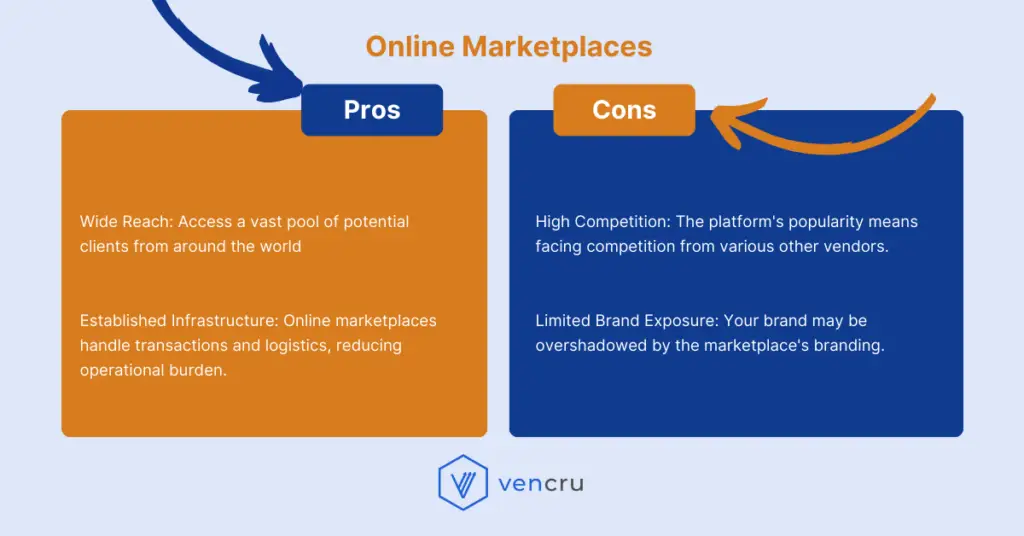
Distributor and Reseller Networks
Partnering with distributors and resellers can expand your reach by leveraging their existing customer base. For example, a software company partnering with IT service providers to offer their solutions to businesses or a manufacturer collaborating with wholesalers to distribute their products to retailers.
To proceed, you must identify potential partners, negotiate terms, and establish a clear distribution strategy.
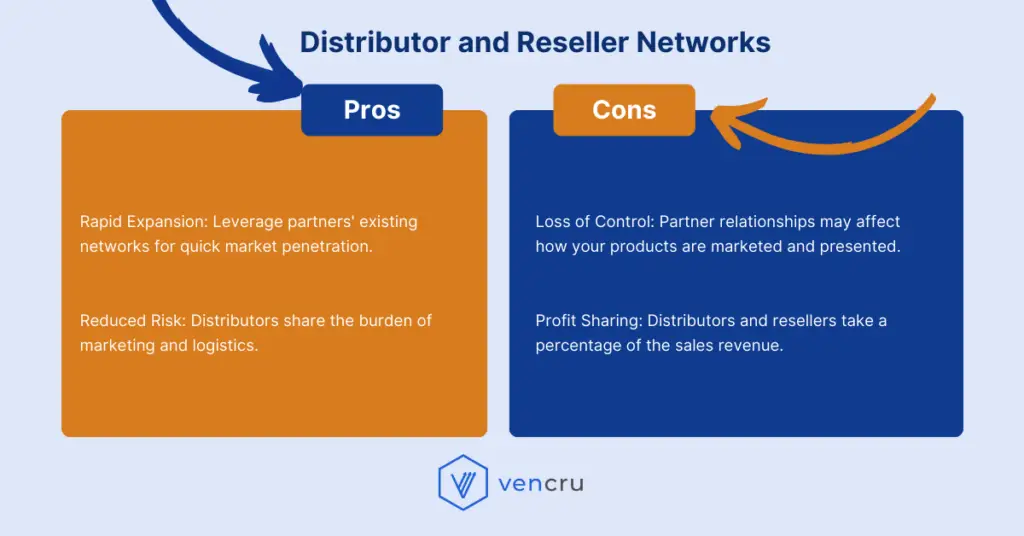
E-Commerce Platforms
Creating your e-commerce platform (e.g., on Shopify) allows customers to purchase directly from your website. For example, a clothing manufacturer launching their online store to offer bulk orders to other businesses or a software company creating a platform for businesses to purchase and download their products.
To set it up, you need to choose an e-commerce platform, set up your online store, optimize for SEO, and implement a secure payment gateway.
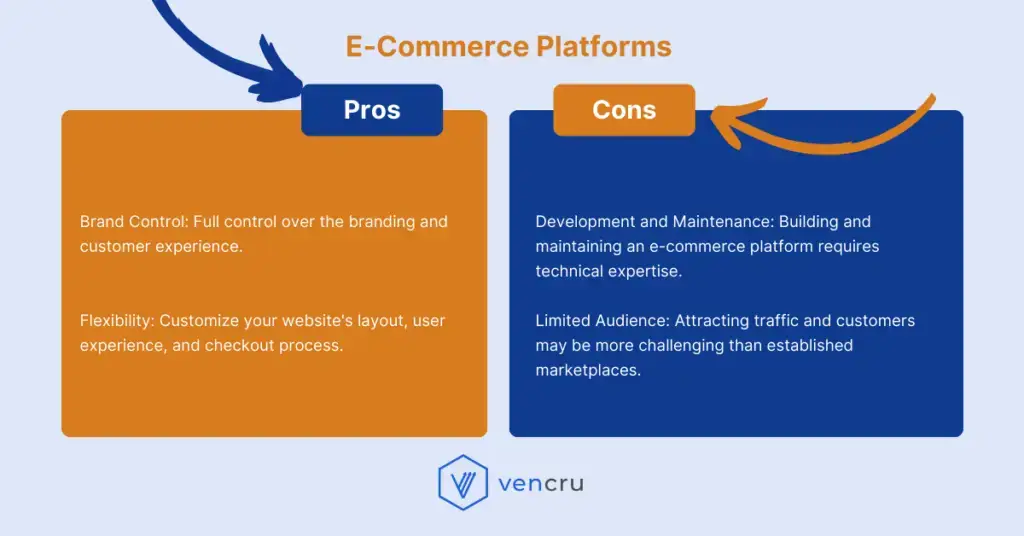
Trade Shows and Industry Events
Participating in relevant trade shows and industry events lets you connect with potential clients face-to-face. For example, a technology company exhibiting their latest software solutions at a tech industry conference or a manufacturer showcasing their machinery at an industrial trade show.
You have to research and choose events aligned with your target audience, design an engaging booth, and prepare informative materials.
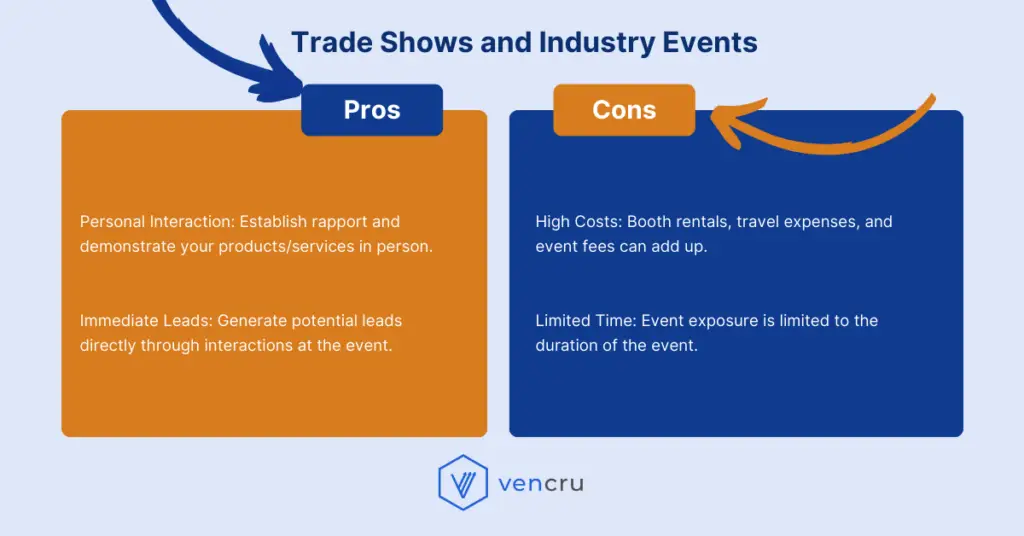
Content Marketing and SEO
High-quality content that addresses industry pain points can attract qualified leads to your website. Content marketing is a long-term investment with high rewards. You will need to identify relevant topics, create informative articles, blogs, videos, and optimize content for SEO.
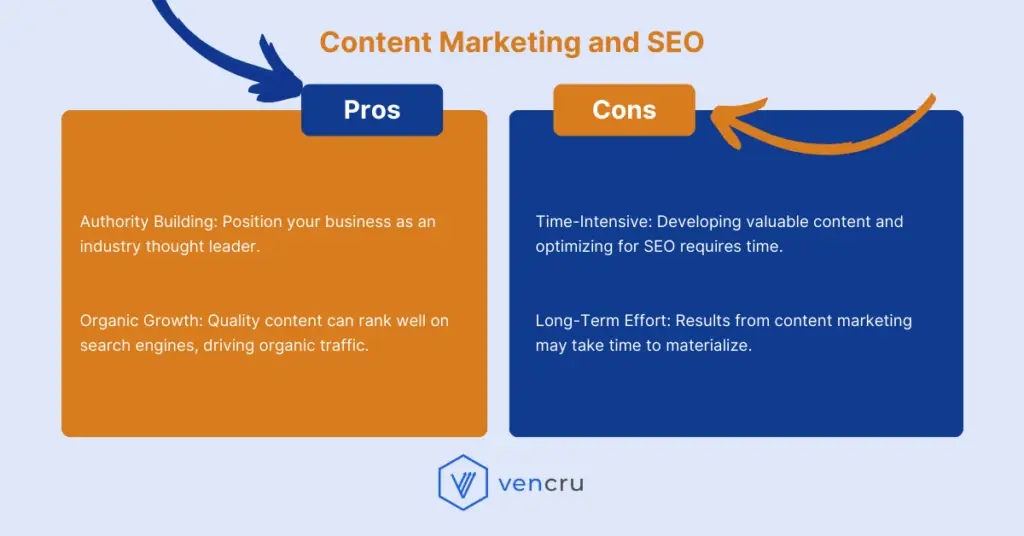
Social Media
Leveraging platforms like LinkedIn and Twitter to engage with industry professionals and showcase your expertise. You can also create sell via channels like Instagram Shop or TikTok. You can leverage influencer marketing on these channels to build trust and branding.
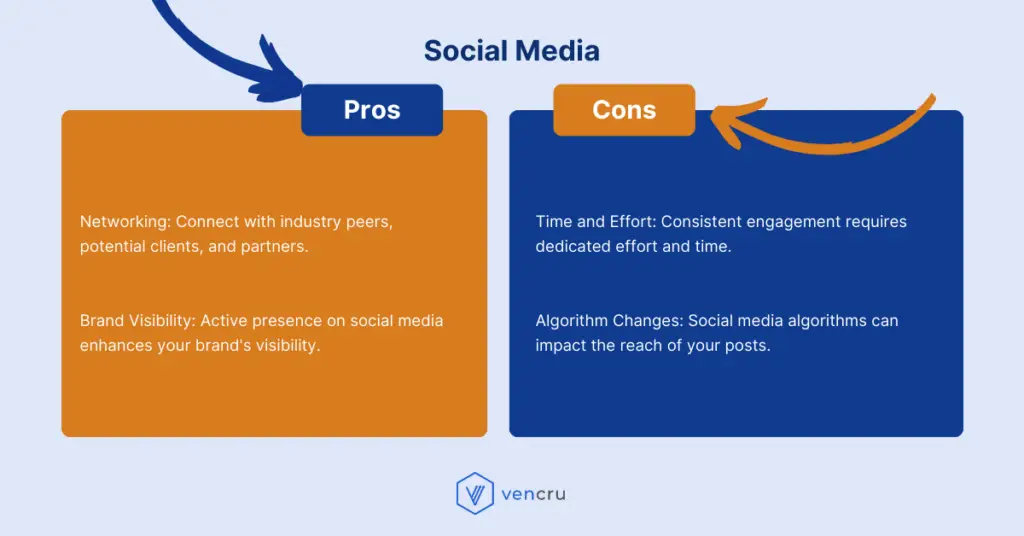
Partnerships and Alliances
Collaborating with complementary businesses to offer bundled solutions or access new markets For example, Partnering with a software company to offer integrated solutions or collaborating with a consulting firm to jointly provide specialized services. It is important to identify potential partners, establish mutually beneficial terms, and clearly define roles and responsibilities.
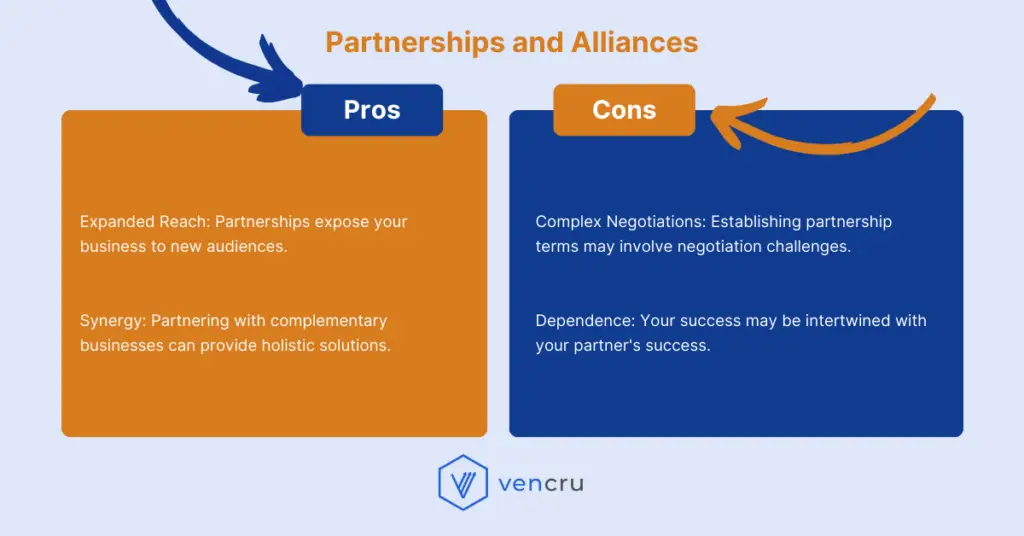
Email Marketing
This is a powerful medium that allows you to stay connected with your existing clients and keep them informed about the latest developments in your business. With targeted email campaigns, you can effectively communicate new product launches, promotions, and essential industry updates.
For example, you receive an email from a software solutions provider. The subject line piques your interest. As you open the email, you’re greeted by a personalized message that acknowledges your business’s unique needs. The email goes on to explain how their software solutions have helped similar businesses streamline their operations, boost efficiency, and cut costs. It’s clear that they’ve done their homework and understand your pain points.
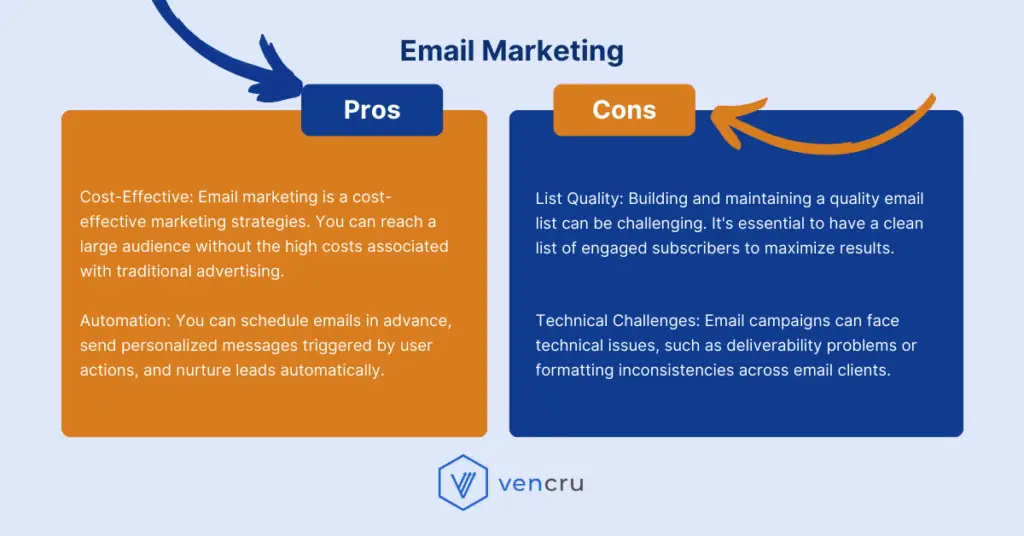
Referral Programs
Referral programs are a strategic tool that taps into one of your business’s most valuable assets: satisfied clients. These programs incentivize your existing clients to actively refer other businesses to your services.
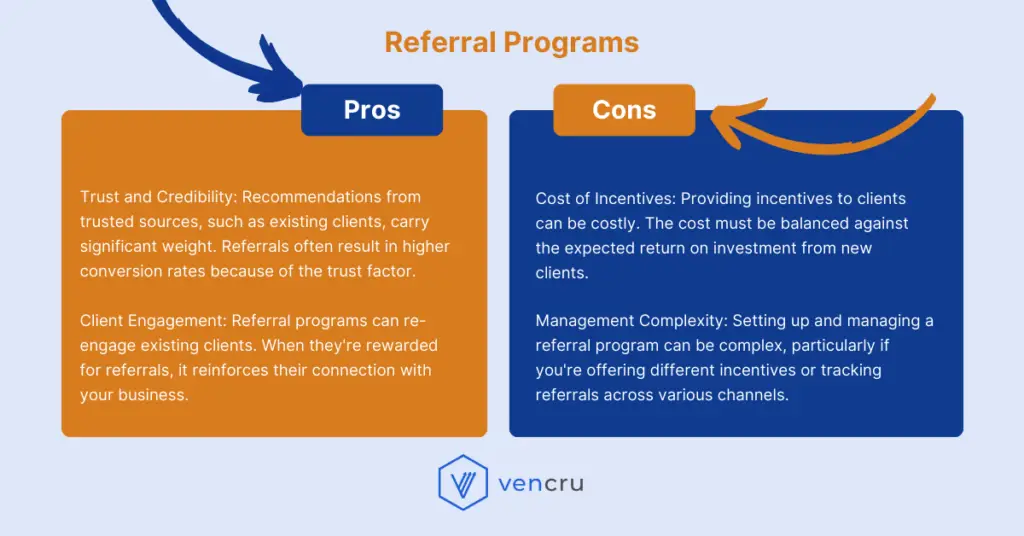
Conclusion
As you explore these diverse sales channels for your B2B business, remember that the right mix depends on your industry, target audience, and business goals. Combining multiple channels can create a well-rounded strategy that ensures wider reach and sustained growth. With proper planning, execution, and utilization of platforms like Vencru, your B2B business can navigate the intricate landscape of sales channels and thrive in the competitive market.






